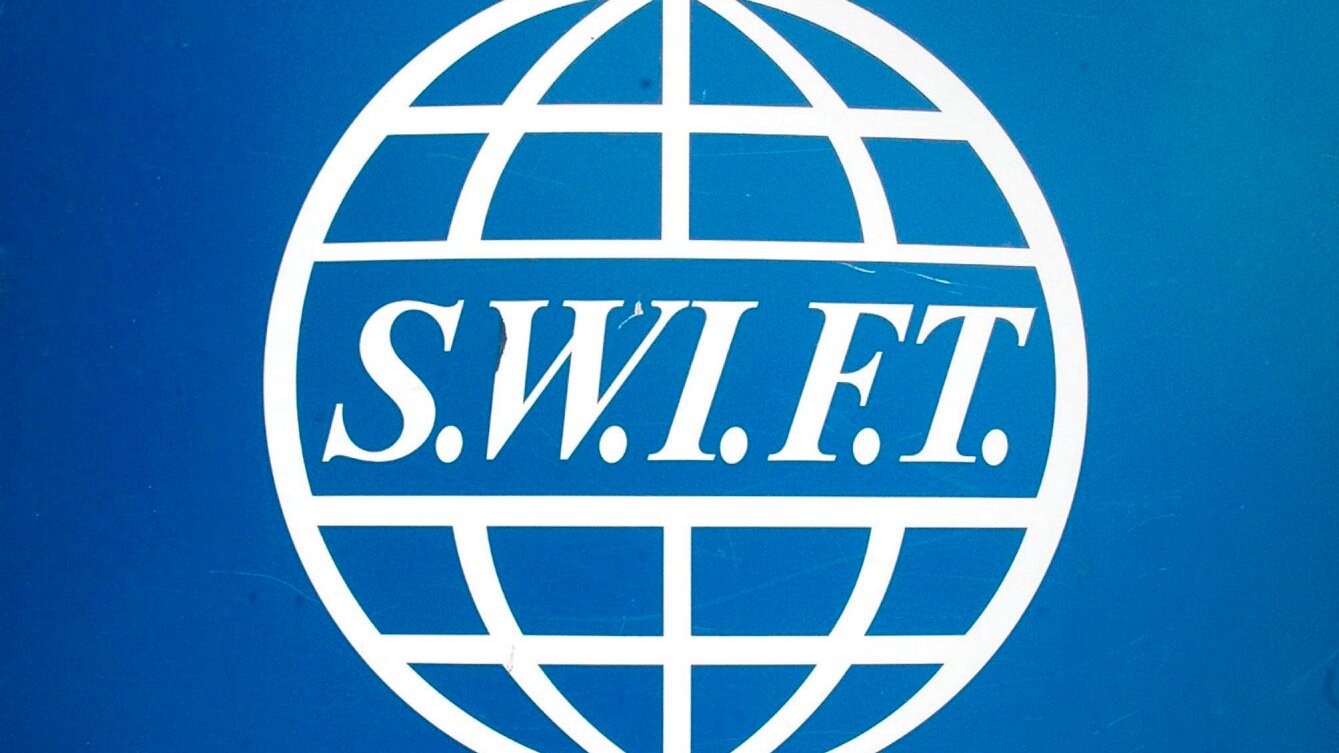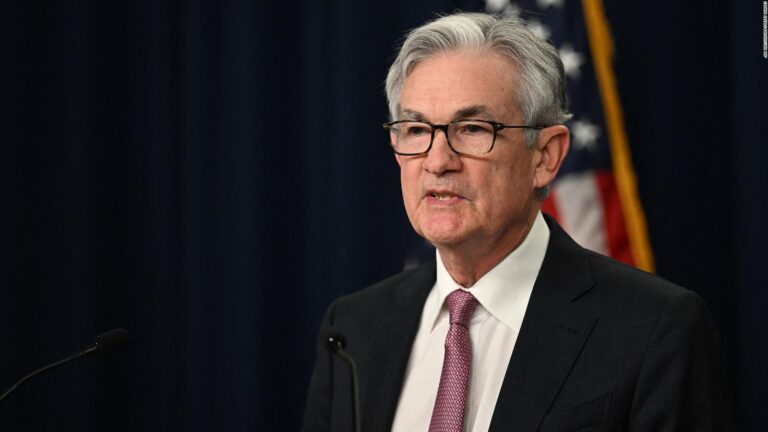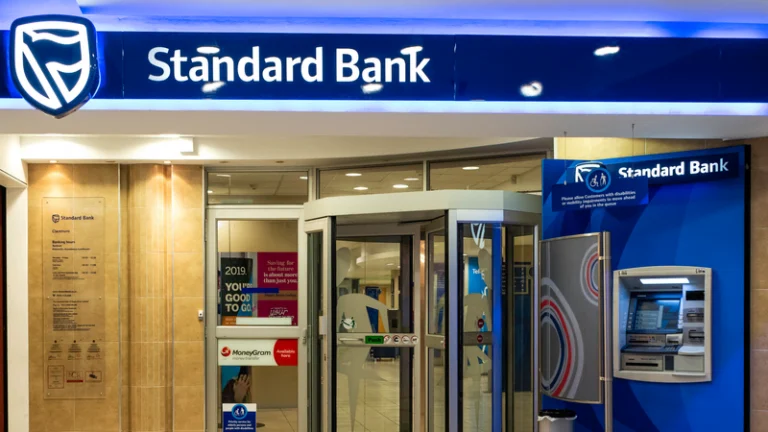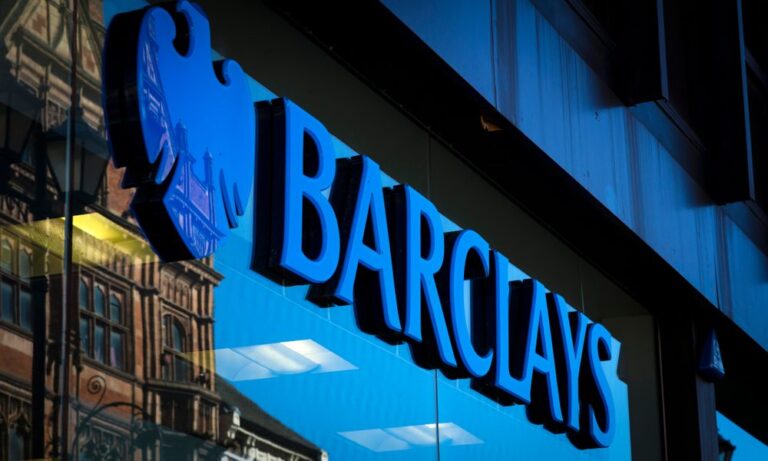The SWIFT Banking System
On June 14, the European Union cut off Russia’s largest bank(Sberbank), Credit Bank of Moscow, and Russian Agricultural Bank from the SWIFT banking system as part of the sixth set of sanctions against Russia over its aggression against Ukraine. This move by the EU is an attempt to isolate Russia further financially and put pressure on President Putin to end his support for separatists in eastern Ukraine.
SWIFT is essential to the global financial system that it spooks central bankers and finance ministers when used as a weapon in geopolitical disputes. This may make you curious about what SWIFT is and how it works.
In this comprehensive overview, we define SWIFT and address the most frequently asked queries regarding the SWIFT network and its operation.
What is SWIFT?
SWIFT is the Society for Worldwide Interbank Financial Telecommunication. It’s a member-owned cooperative that provides safe and secure financial transactions for over 11,000 banks and financial institutions in over 200 countries.
But let’s be clear. Instead of transferring money, the SWIFT network uses SWIFT codes to communicate payment orders between banks. This way, banks can confirm that the funds are available and make the necessary arrangements to send money to the recipient bank.
Payments via SWIFT are typically completed within two to five days—much faster than the traditional banking system. It is a quick, precise, and safe way to send money overseas.
Before SWIFT
Banks used a technology named TELEX to send wire transfers before the SWIFT network was created. In addition to operating slowly, TELEX lacked the security and sophistication necessary in an era when technology was advancing exponentially.
The free messaging format lacked standard codes (like SWIFT) to identify banks and transaction kinds. This caused a great deal of confusion and contributed to numerous human blunders. Every transaction has to be described by TELEX senders in full phrases so that a specialized receiver can interpret and carry it out. The lack of automation in the system made it difficult for banks to keep track of their transactions.
Since necessity is the mother of invention, the founders of SWIFT realized that the world needed a more efficient way to move money around. They proposed developing an electronic messaging system that would standardize how banks communicate with each other. The founders were successful in their endeavor, and SWIFT was born.
In 1973, a group of 225 banks from 15 countries came together to create SWIFT. The organization was launched in 1977 with the primary goal of automating the processing of international payments. Over the years, SWIFT has become the backbone of the global financial system. Today, SWIFT offers communications services to more than 10,000 financial institutions in 212 nations, facilitating international trade. The organization has come a long way since its humble beginnings, but its mission remains the same: to make global payments safe, secure, and efficient.
How Does SWIFT Work?
The SWIFT banking system communicates transaction orders using SWIFT codes. SWIFT codes are eight or eleven-digit alphanumeric characters that uniquely identify a bank. The code is divided into three parts:
- The first four characters are known as the bank identifier code (BIC) and uniquely identify the bank.
- The following two characters are the country code and identify the country and the banks location.
- The last two characters are the location code and identify the specific branch of the bank.
For example, the SWIFT code for JP Morgan Chase in New York City is CHASUS33. The first four characters (CHAS) identify the bank, the following two characters (US) represent the country, and the last two characters (33) indicate the specific branch location.
Customers who want to send money overseas provide their bank with the recipient’s SWIFT code and account number. The bank then uses the SWIFT network to send a message requesting that the funds get transferred to the recipient bank.
The message sent via SWIFT includes all the necessary information about the transaction, including the sender’s and recipient’s account numbers, the amount of money being transferred, and any relevant references.
Once the message is received, the recipient bank will check to see if the funds are available and, if so, make the necessary arrangements to send the money to the recipient’s account. The entire process usually takes two to five days to complete.
The banks take a fee for sending the message via SWIFT, but the recipient bank may also charge a fee for receiving the funds.
In a SWIFT transfer, the banks involved transfer money from one account to another using an underpinning network of Nostro and Vostro accounts. This refers to accounts that banks establish with one another specifically to carry out SWIFT transactions.
Nostro and Vostro Accounts Explained
The Nostro and Vostro accounts are two mirroring sets of ledgers used by both banks to keep track of the money deposited into the account. Vostro is the name of the account used by the bank to open it in their books, whereas Nostro is the account used by the bank to hold money.
The SWIFT transactions are direct and instantaneous, but only when both banks have a business relationship with Nostro and Vostro accounts. When there isn’t this kind of relationship between banks, the SWIFT network determines how to send the message most effectively. An intermediary bank, usually a third party, is necessary for this situation.
For example, let’s say that Bank A wants to send money to Bank B using SWIFT, but the two banks don’t have a Nostro-Vostro relationship. In this case, Bank A would send the money to an intermediary bank that has a Nostro account with Bank B. The intermediary bank would then send the money to Bank B.
Your sending fee will increase if more intermediate banks are engaged in the transaction. And due to the increased number of parties, sending the money will take longer and carry a significantly higher risk.
Who Uses The Swift Banking System?
The primary goal of SWIFT was to streamline communication about treasury and correspondent transactions exclusively.
The message format design’s capabilities allow for significant scalability. Over time, SWIFT extended to include services for:
- Banks
- Trading firms and brokerage firms
- Security brokers
- Firms that manage assets
- Clearinghouses
- Depositories and Exchanges
- Corporate establishments
- Participants and service providers in the treasury market
- Individuals or businesses sending or receiving money internationally
- Money brokers and foreign exchange dealers
Who’s in Control of SWIFT?
Since SWIFT is a cooperative, no single nation governs it. A 25-member board of directors is in charge of it and overseen by the European Central Bank, the National Bank of Belgium, and the central banks of the G-10 nations.
The central banks of the G-10 nations include;
- Bank of Canada
- Deutsche Bundesbank
- European Central Bank
- Banque de France
- Banca d’Italia
- Bank of Japan
- De Nederlandsche Bank
- Sveriges Riksbank
- Swiss National Bank
- Bank of England
- USA Federal Reserve System.
Since SWIFT is a neutral utility, it doesn’t decide what sanctions to impose. SWIFT must adhere to all EU rules, including penalties because Belgian law governs it.
Why is SWIFT Important?
Swift facilitates secure global trade and commerce by enabling financial institutions to send and receive information about financial transactions in a standard format.
In other words, it makes international payments possible by ensuring that banks can communicate with one another.
Without SWIFT, international payments would be slow, expensive, and risky.
SWIFT is now an essential component of the world’s financial system. In 2021,11000 global SWIFT financial institutions sent 42 million messages daily across the network, marking a new record regarding message traffic and the number of unique transactions. This represented a more than 15% increase compared to 2020, when the institutions sent 36 million messages daily.
The Future of SWIFT
SWIFT continues to hold a prominent position in the capital markets, despite the existence of rival real-time communication systems, including Ripple, Fedwire, and Clearing House Interbank Payments Systems (CHIPS).
The SWIFT network continues to evolve and expand. The organization has recently launched several new products and services designed to make international payments faster and more efficient.
One of the most significant changes to the SWIFT network is the introduction of SEPA (Single Euro Payments Area). SEPA is a new system that makes it easier for European banks to process cross-border payments. The goal of SEPA is to create a single market for payments in Europe, allowing customers to make and receive payments in Euros regardless of their location.
Another change to the SWIFT network is the introduction of SWIFT gpi (Global Payments Initiative). SWIFT gpi is a new initiative that aims to make cross-border payments faster, easier, and more transparent. SWIFT gpi aims to make international payments “as easy as domestic payments.”
It recently ventured into new markets by providing reporting utilities and business intelligence data, demonstrating its desire to stay inventive.
SWIFT’s future is bright as it constantly adapts to fintech processes and new financial needs.
Conclusion
The SWIFT banking system is fast, efficient, and secure. However, its speed, convenience, and safety come at a price. Banks must pay for the privilege of being a part of the SWIFT network. Nevertheless, most banks believe that the benefits of SWIFT outweigh the costs. With its expansive network, cutting-edge technology, and commitment to innovation, SWIFT is poised to remain the leading provider of international payments for years to come.






